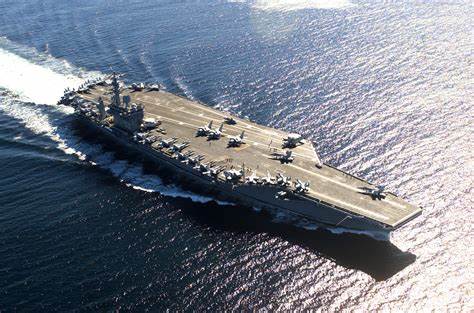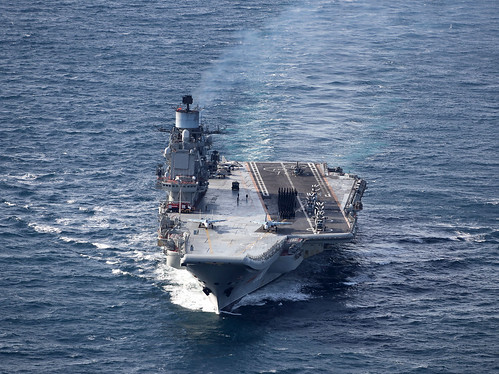
The aircraft carrier has long served as the cornerstone of global naval power, providing countries with unparalleled maritime dominance and force projection.

As nations reassess their defense capabilities and the necessity of such colossal maritime assets, the strategic significance of aircraft carriers in contemporary naval warfare remains as critical as ever.

Commissioned in 1922, the USS Langley heralded the birth of the aircraft carrier era, transforming naval warfare and strategy.

Over the past century, these mighty vessels have evolved into the sovereign and mobile airbases we recognize today.

The U.S. Ford-class, Britain’s HMS Queen Elizabeth, and France’s Charles de Gaulle exemplify the pinnacle of this evolution, serving as symbols of national might and technological prowess.

Aircraft carriers are undeniably expensive to build and maintain, with costs often reaching into the billions.

However, their operational benefits can justify such expenditures.

They offer unique strategic advantages, such as enabling countries to exert military pressure without reliance on foreign basing rights, providing humanitarian aid, and responding to crises globally with agility and strength.

These maritime titans are not merely platforms for launching and recovering fighter jets.

They command a fleet’s air wing, capable of executing a wide range of missions including air superiority, maritime strike operations, and reconnaissance.

Furthermore, their influence extends beyond the military domain; the mere presence of a carrier group can deter adversaries and reassure allies, serving as a powerful diplomatic tool.

The high operational tempo and harsh maritime environment necessitate robust training and maintenance regimes to ensure aircrews and vessels can effectively carry out their duties.

The tragic losses aboard the Russian carrier Admiral Kuznetsov in 2016 underscore the dangers of inadequate preparation and underscore the paramount importance of readiness in naval aviation.

Despite the rise of new technologies such as long-range missiles and unmanned systems, the aircraft carrier’s ability to project power and provide command and control remains unmatched.

This is particularly relevant in vast and contested spaces like the Indo-Pacific, where the freedom of navigation and open sea lanes are vital for global trade and security.

